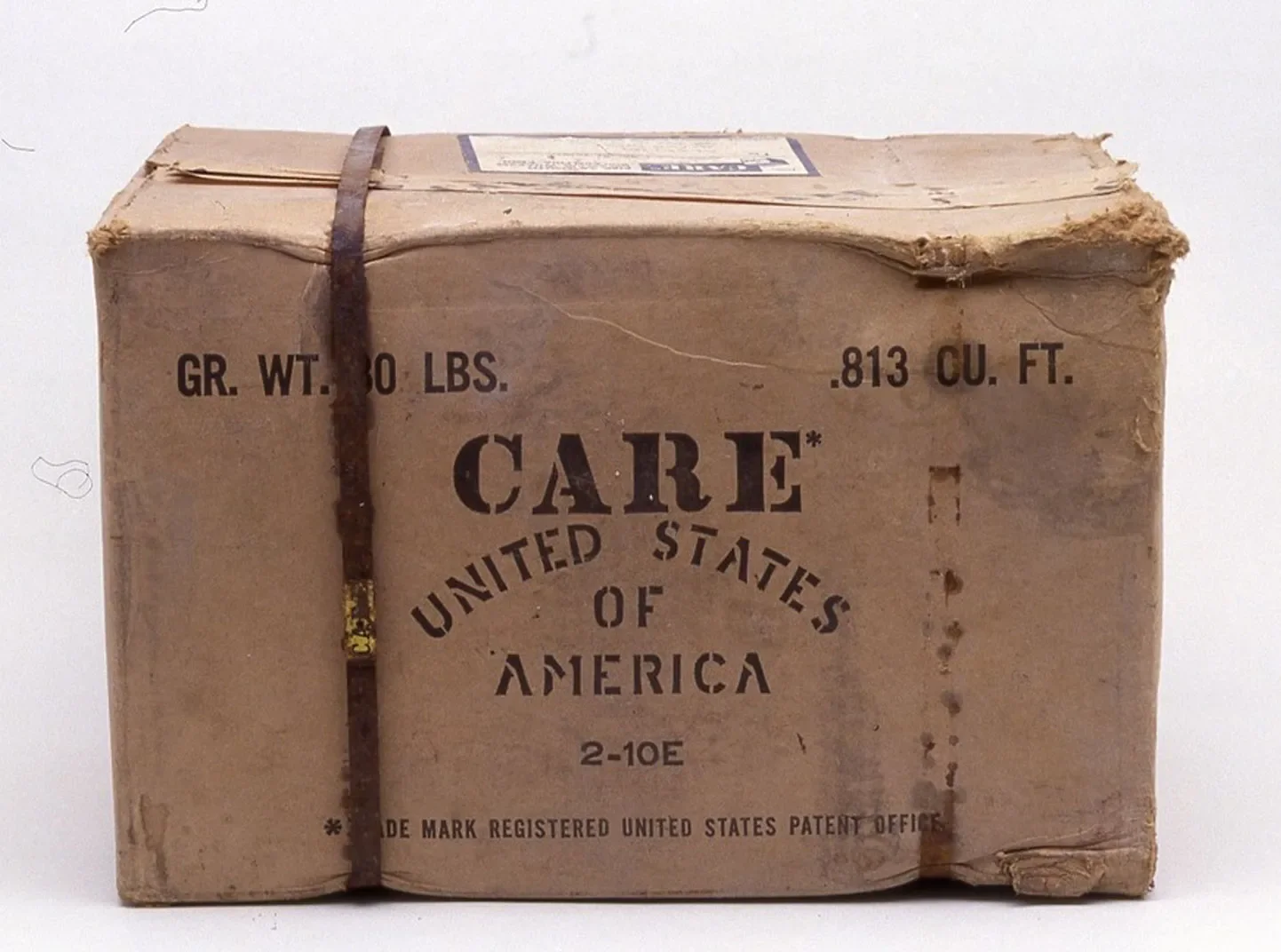Background
The Somali Girls’ Education Promotion Program was implemented in disputed border areas characterized by ongoing conflict, remoteness, and vulnerability to recurrent droughts. In these areas, seasonal migration results in 48% of the students being absent from school at the beginning of the year. Most rural Somali children enroll late and drop out from school before acquiring basic skills, or do not enroll at all. Opportunities for post-primary education are nonexistent. The limited availability of trained teachers also contributes to poor learning outcomes.
Intervention
CARE works with government partners, communities, and schools to develop sustainable solutions for children and youth to attend school regularly, acquire literacy and numeracy skills, and transition to higher education levels.
SOMGEP-T aimed to increase literacy and numeracy outcomes and transition rates for more than 54000 children across 199 schools in Somaliland, Puntland, and Galmudug. The project used an integrated approach that included training teachers in formal schools; providing tailored accelerated learning programs for early primary and upper primary/lower secondary; training Community Education Committees; addressing economic barriers faced by parents; and developing youth leadership skills to boost classroom participation and prepare them for future work.
Project achievements
Reading comprehension: After one year of intervention, Grade 4 students participating in life skills clubs reached an average score of 66% in reading comprehension, compared with 37% among the comparison group.
Transition: The transition rate among students participating in life skills clubs is 11 percentage points higher than in the comparison group.
Source: Peterson, B., Forney, J. & Ha, S. (2019) Somali Girls’ Education Promotion Project – Transition, Midline Report.
Six years after the intervention, the employment rates among former participants are significantly higher (18% ever employed) in relation to the comparison group (5%) (source: University of Portsmouth (2022), Six Years Later, What Has Become of Them?)
